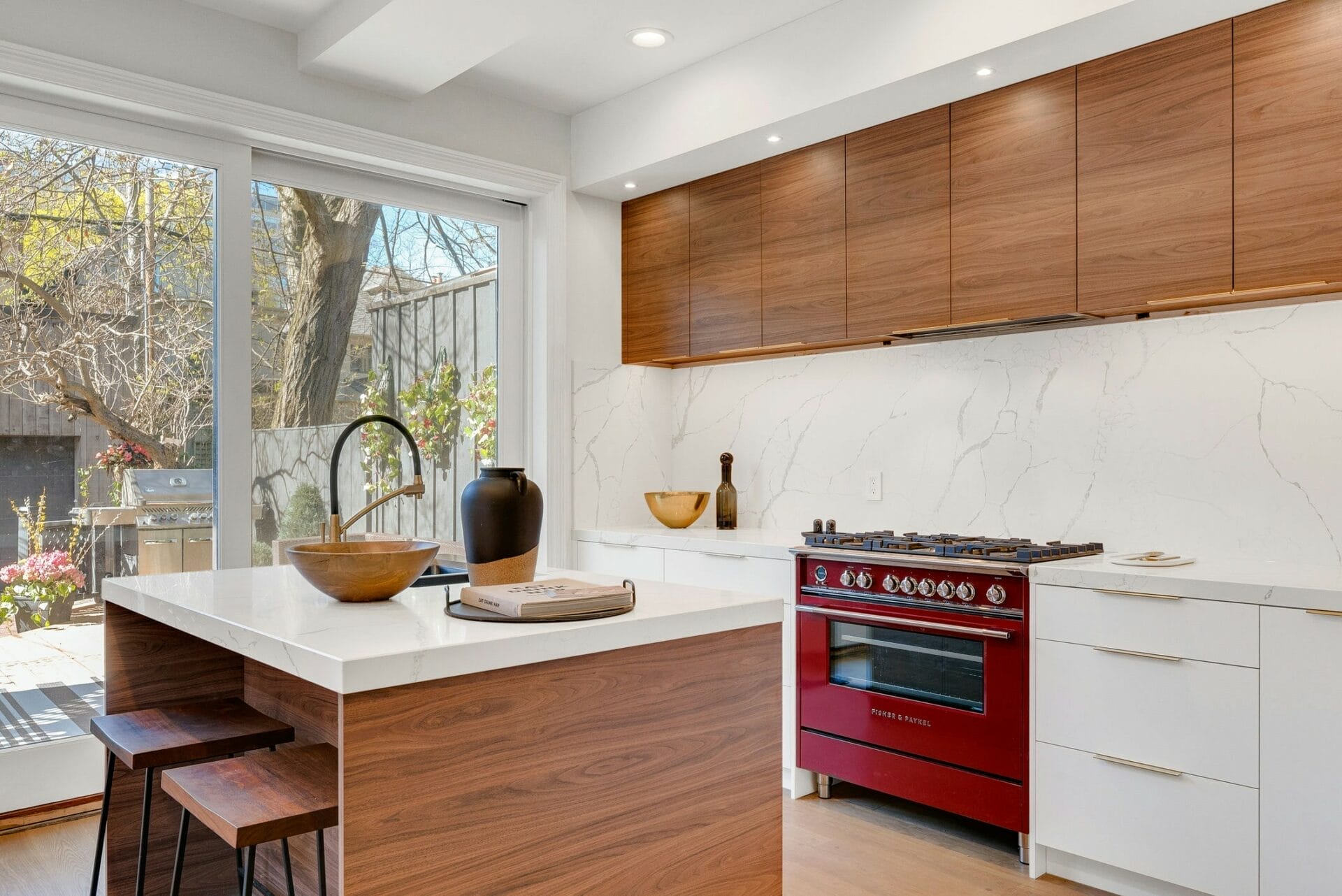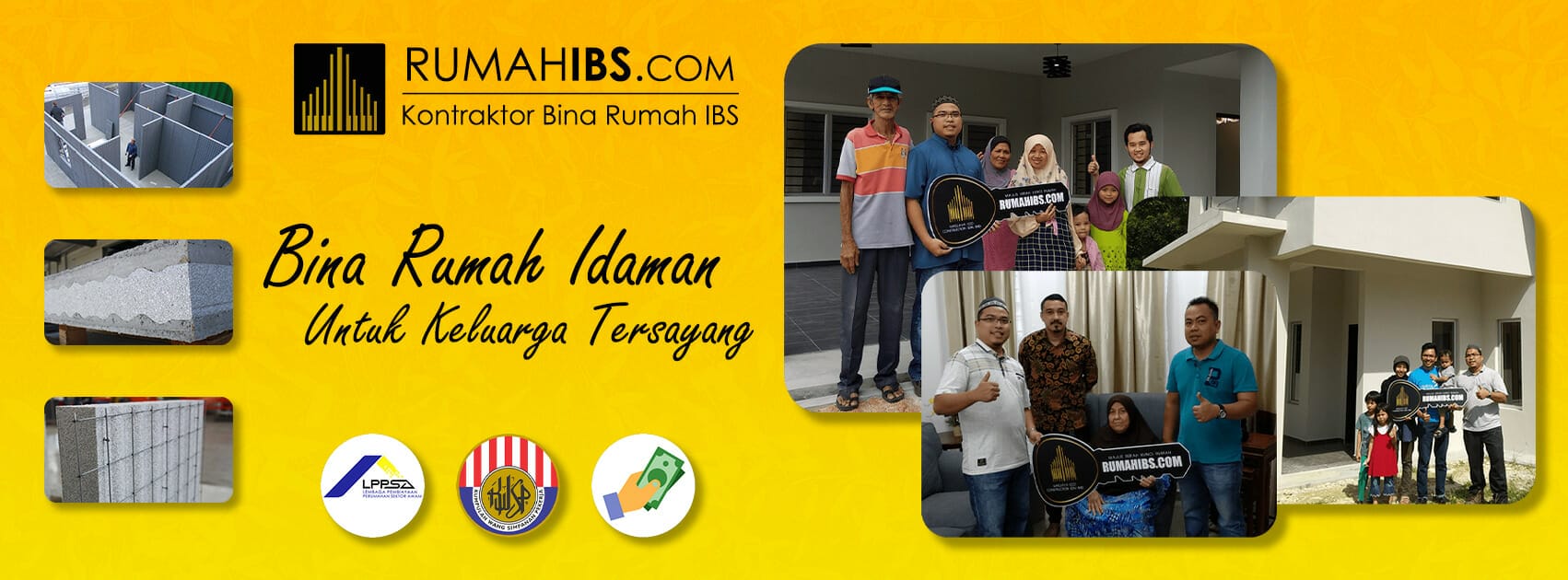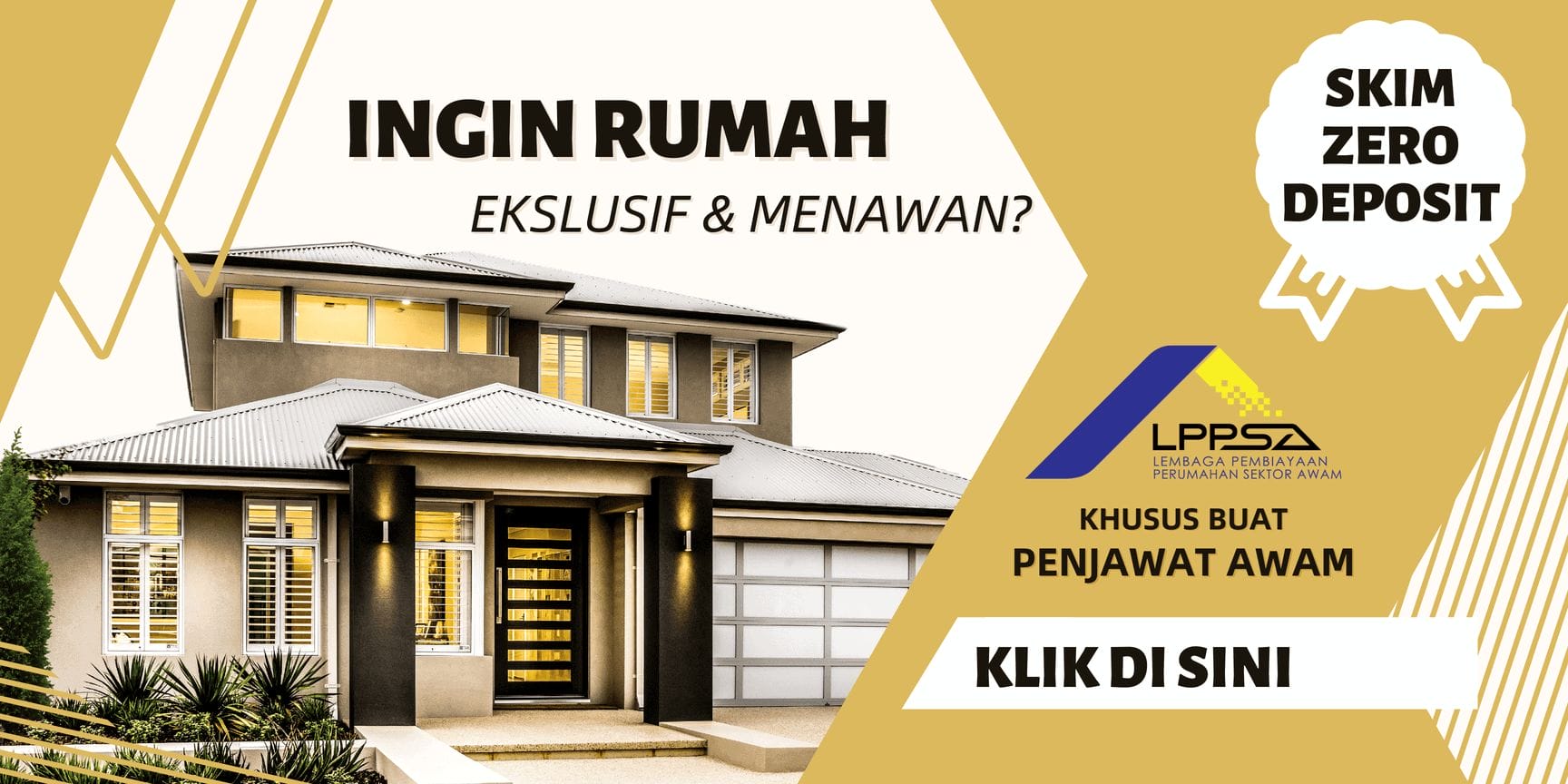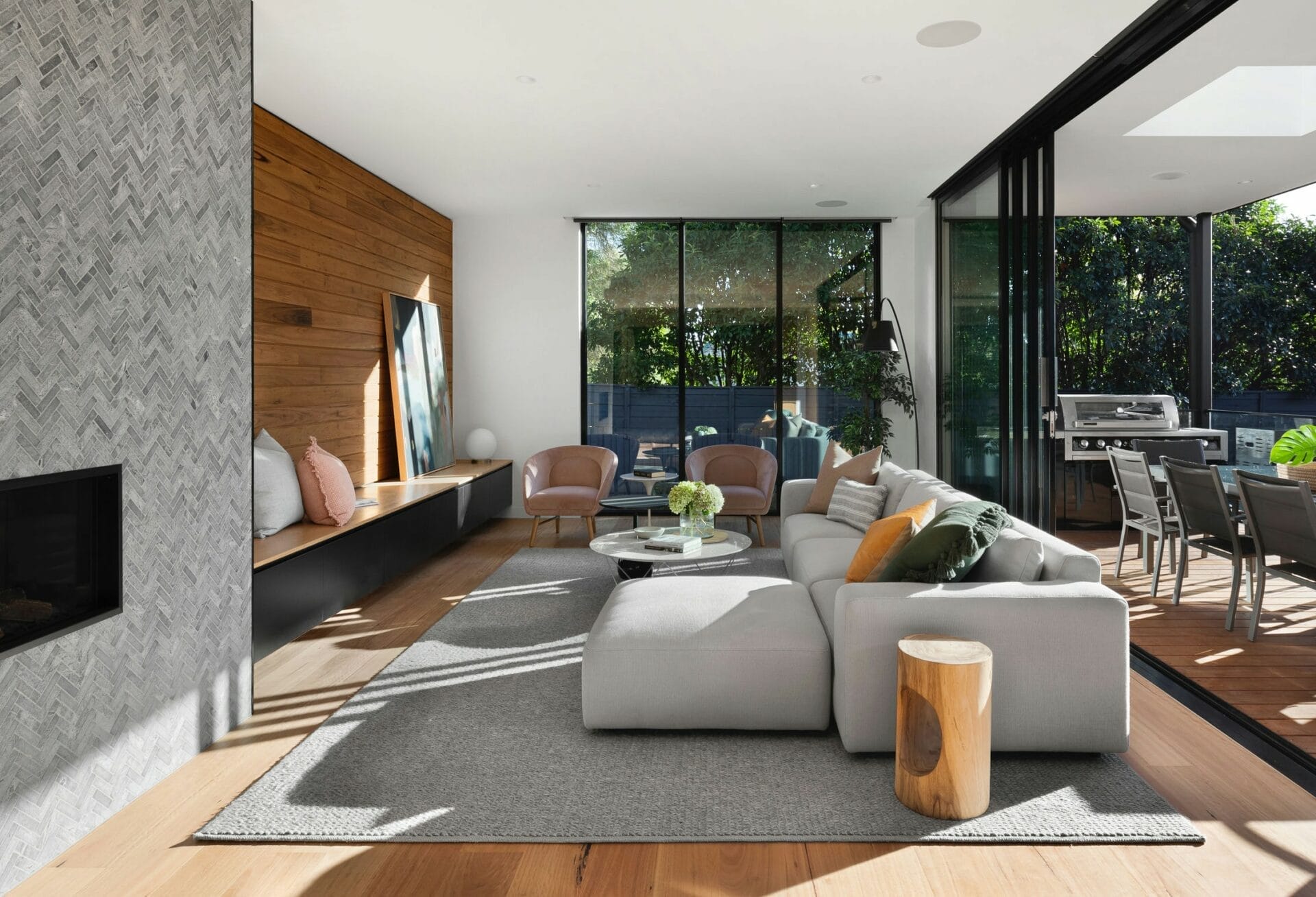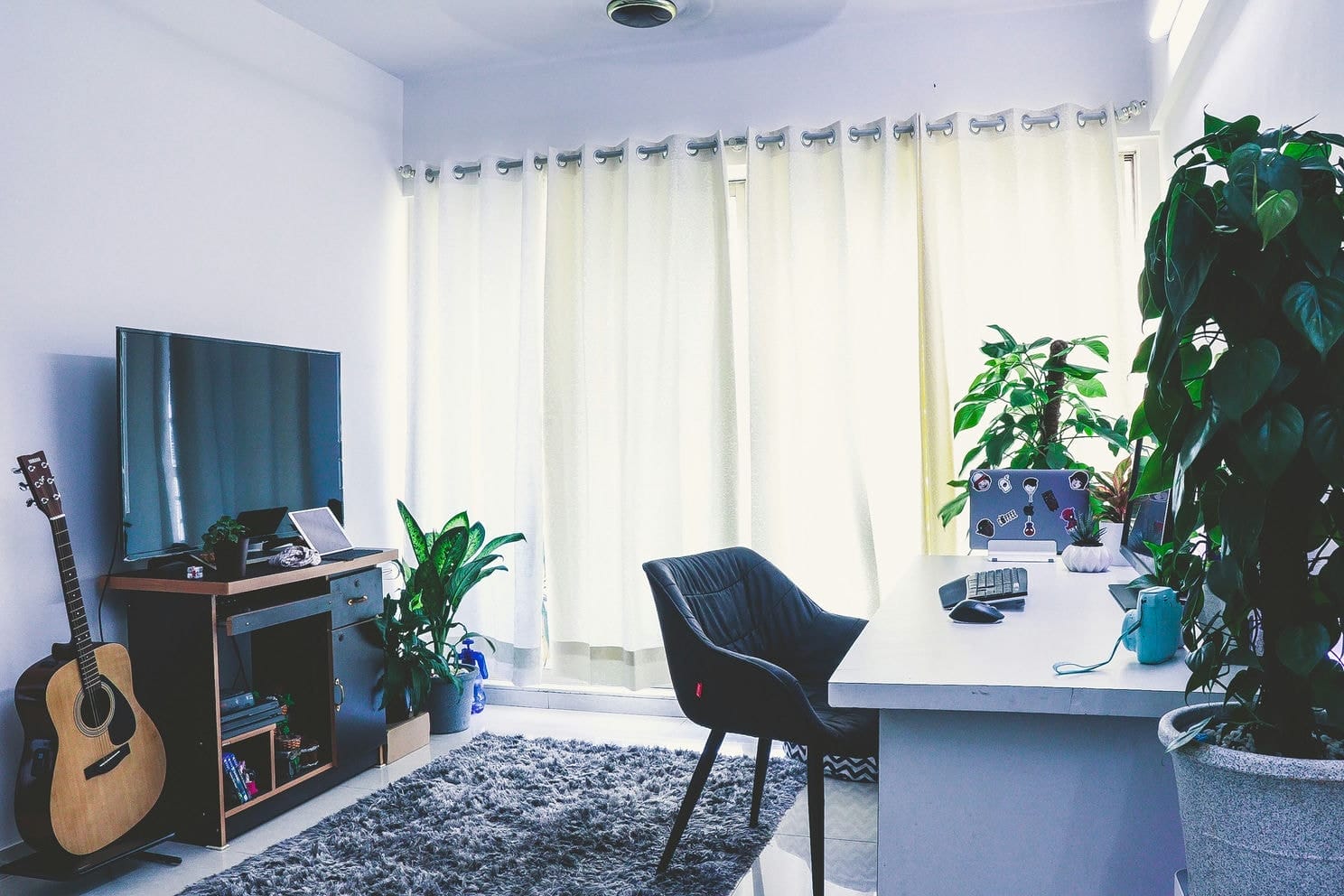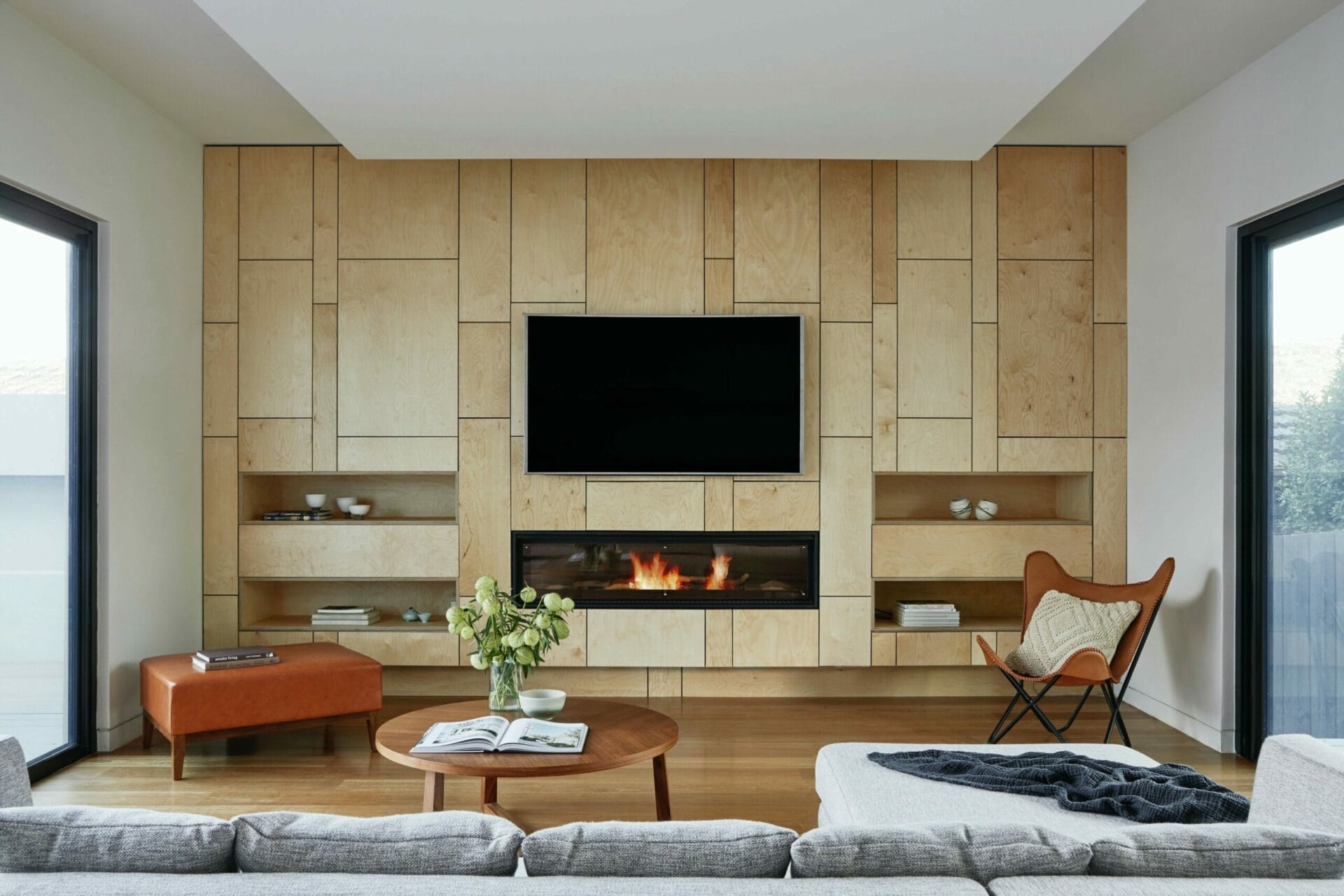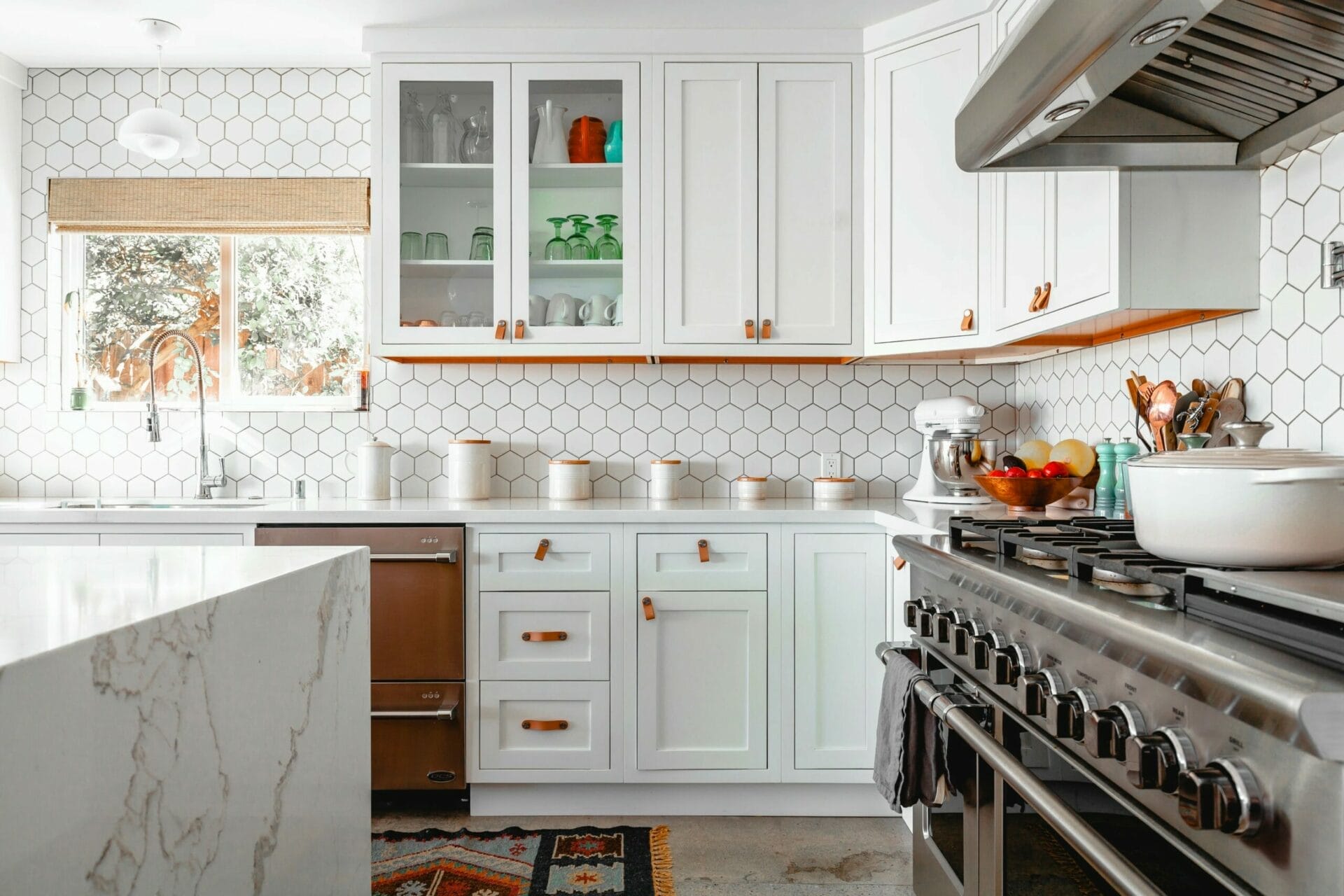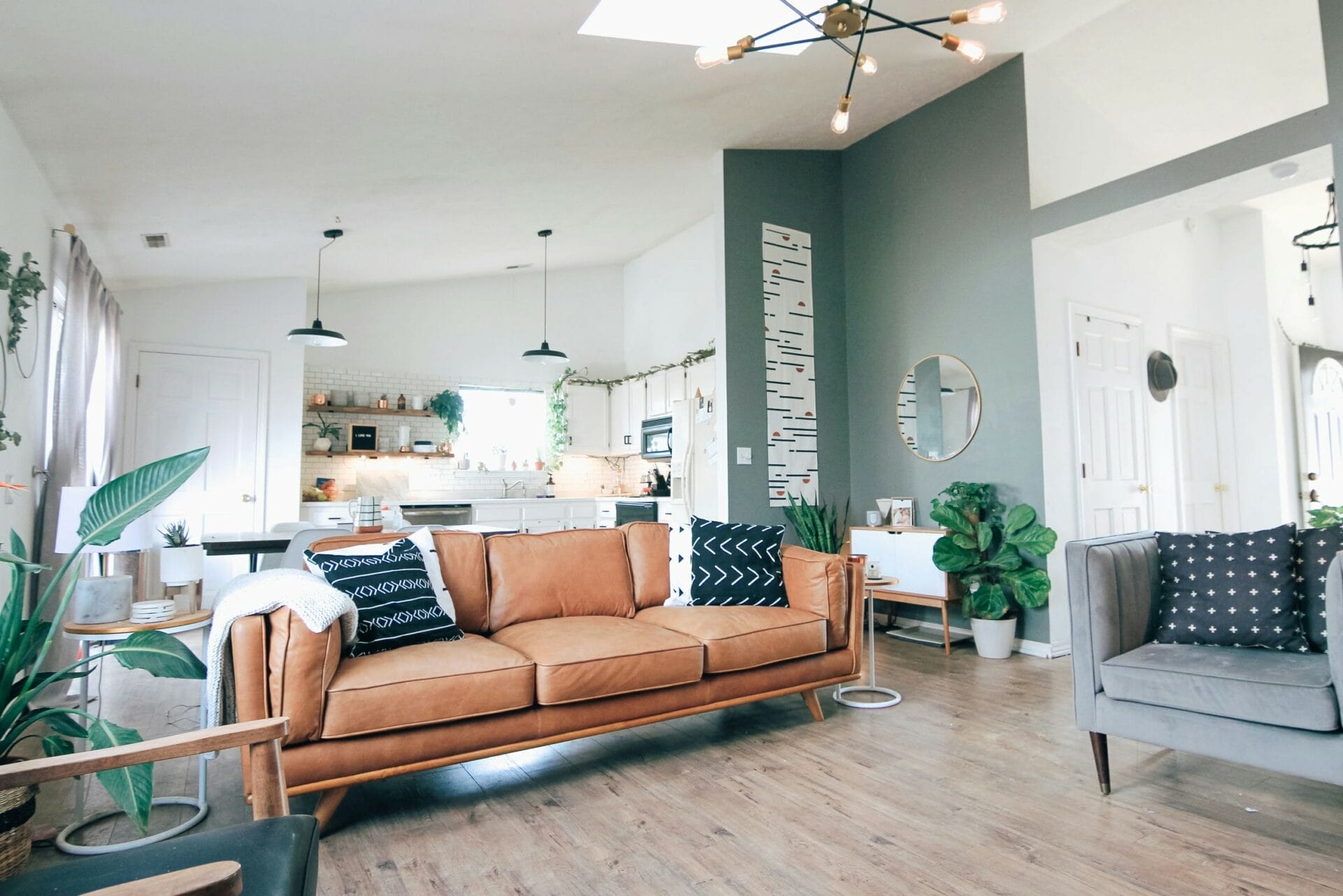Building Your Dream Home on a Budget: A Guide to Sustainable DIY Construction on Private Land
1. Introduction
Building your dream home is an exciting journey filled with endless possibilities. But what if you could do it on a budget, right on your own private land? Imagine the satisfaction of crafting a home that reflects your unique style and values, all while saving money and minimizing environmental impact. In this article, we’ll explore the ins and outs of budget home building on private land, with a focus on sustainable DIY construction methods.
Embracing the Dream of Homeownership
Owning a home is a cherished goal for many, but rising costs and limited options can make it seem out of reach. However, by taking matters into your own hands and leveraging the potential of your own land, you can turn this dream into reality. Whether you’re a first-time homebuilder or looking to upgrade to a custom-built residence, the possibilities are endless when you have the freedom to build on your own plot.
The Appeal of Budget-Friendly Construction
The allure of building a home on a budget lies not only in the cost savings but also in the creative freedom it offers. Rather than being constrained by pre-existing structures or cookie-cutter designs, building on private land allows you to start from scratch and tailor every aspect of your home to suit your preferences. From the layout and architectural style to the choice of materials and finishes, the power to bring your vision to life is in your hands.
Unlocking the Potential of Sustainable DIY Construction
In recent years, there has been a growing movement towards sustainable building practices and eco-friendly design. Homeowners are increasingly seeking ways to reduce their environmental footprint while also reaping the benefits of energy efficiency and long-term cost savings. DIY construction on private land presents a unique opportunity to embrace these principles and create a home that is both environmentally conscious and financially savvy.
What to Expect in This Article
Throughout this article, we’ll delve into the various aspects of budget home building on private land. From navigating the permit process to designing your dream home and exploring sustainable construction techniques, we’ll provide practical tips and insights to help you embark on this journey with confidence. Whether you’re a seasoned DIY enthusiast or new to the world of home construction, there’s something here for everyone.
So, if you’ve ever dreamed of owning a home that truly reflects who you are and what you value, join us as we embark on this exciting adventure of building your dream home on a budget. Let’s roll up our sleeves and get started!

andrew neel w84MOrTfbdw unsplash scaled
2. Finding Your Piece of Land
When embarking on the journey of building your dream home, one of the first and most crucial steps is finding the perfect piece of land to build on. Your choice of land will not only impact the overall cost and feasibility of your project but also play a significant role in shaping your living environment for years to come. In this section, we’ll explore the essential factors to consider when searching for the ideal plot for your future home.
Understanding Your Needs and Preferences
Before diving into the real estate market, take some time to reflect on your needs, preferences, and lifestyle goals. Consider factors such as location, proximity to amenities, desired surroundings (rural, suburban, or urban), and any specific features or characteristics you’re looking for in a property. Creating a list of must-haves and deal-breakers can help narrow down your search and focus on properties that align with your vision.
Researching Potential Locations
Once you have a clear understanding of what you’re looking for, it’s time to start researching potential locations. Explore different neighborhoods, towns, and regions that match your criteria, paying attention to factors such as property values, school districts, crime rates, and future development plans. Online real estate listings, local newspapers, and word-of-mouth recommendations can be valuable resources for finding available land for sale in your desired area.
Evaluating Land Suitability
When evaluating potential properties, consider factors such as topography, soil quality, drainage, and accessibility. A flat, well-drained parcel of land may be easier and less costly to build on compared to a steep or poorly drained lot. Additionally, consider any environmental or regulatory constraints that may impact your ability to develop the land, such as wetlands, protected habitats, or zoning restrictions.
Budgeting for Land Purchase
As you narrow down your options, it’s essential to consider the financial aspect of land purchase. In addition to the purchase price of the land itself, budget for additional expenses such as closing costs, surveying fees, title insurance, and property taxes. Keep in mind that while purchasing raw land may offer more flexibility and customization options, it may also require additional upfront investment in site preparation and utility hookups.
Seeking Professional Guidance
Navigating the process of purchasing land can be complex, especially for first-time buyers. Consider seeking guidance from real estate agents, land developers, or land use consultants who can provide valuable insights and assistance throughout the process. They can help you identify suitable properties, negotiate purchase agreements, and navigate any legal or regulatory hurdles that may arise.
Conclusion
Finding the perfect piece of land to build your dream home is a crucial step in the homebuilding process. By understanding your needs, researching potential locations, evaluating land suitability, budgeting wisely, and seeking professional guidance, you can increase your chances of finding a property that meets your criteria and sets the stage for a successful home construction project. So, roll up your sleeves, put on your explorer’s hat, and start the search for your slice of paradise!
3. Navigating the Permit Process
Obtaining the necessary permits is a crucial step in the process of building your dream home on private land. These permits ensure that your construction project complies with local building codes, zoning regulations, and environmental standards. Navigating the permit process can seem daunting, but with the right knowledge and preparation, you can streamline the process and avoid costly delays. In this section, we’ll explore the steps involved in obtaining building permits for private land development.
Understanding Permit Requirements
Before you begin any construction activities, it’s essential to familiarize yourself with the permit requirements specific to your location. Contact your local building department or planning office to obtain information on the types of permits required for your project, as well as any applicable fees, documentation, and review processes. Common permits for home construction projects may include building permits, site development permits, septic permits, and environmental permits.
Gathering Necessary Documentation
Once you understand the permit requirements, gather all necessary documentation and information required for the permit application process. This may include architectural drawings, engineering plans, property surveys, site plans, septic system designs, and proof of ownership. Be sure to review the permit application checklist provided by your local building department to ensure you have all the required documents in order.
Submitting the Permit Application
With your documentation in hand, it’s time to submit your permit application to the appropriate regulatory agency. Follow the instructions provided by the building department or planning office regarding the submission process, including where to submit the application, acceptable file formats, and any additional information required. Be prepared to pay any applicable permit fees at the time of submission.
Review and Approval Process
Once your permit application has been submitted, it will undergo a review process by the relevant regulatory agencies. This process typically involves reviewing your plans and ensuring compliance with local building codes, zoning regulations, and environmental standards. Depending on the complexity of your project and the workload of the reviewing agencies, this process may take several weeks or even months.
Addressing Permit Conditions
During the review process, the regulatory agencies may identify areas of concern or conditions that must be met before the permit can be approved. These conditions may relate to structural design, site improvements, environmental mitigation measures, or accessibility requirements. Work closely with the reviewing agencies to address any conditions and make any necessary revisions to your plans.
Final Permit Issuance
Once all conditions have been addressed and your plans have been approved, you will receive your building permit. This permit grants you the legal authority to proceed with construction activities according to the approved plans and specifications. Be sure to display the permit prominently on-site and adhere to any conditions or requirements outlined in the permit approval.
Conclusion
Navigating the permit process for private land development requires careful attention to detail, patience, and diligence. By understanding permit requirements, gathering necessary documentation, submitting a thorough application, addressing any permit conditions, and obtaining final permit issuance, you can ensure a smooth and successful start to your home construction project. So, don’t let the permit process intimidate you—embrace it as a necessary step on the path to realizing your dream home!

andrew neel DLD5LvnFblU unsplash scaled
4. Designing Your Dream Home
Designing your dream home is an exciting and creative process that allows you to bring your vision to life. Whether you’re drawn to modern minimalism, rustic charm, or timeless elegance, designing a home that reflects your unique style and personality is key to creating a space you’ll love for years to come. In this section, we’ll explore the essential steps involved in designing your dream home on private land.
Defining Your Vision
The first step in designing your dream home is to define your vision for the space. Consider factors such as architectural style, layout preferences, lifestyle needs, and desired amenities. Take inspiration from magazines, online resources, and real-life examples to develop a clear vision of the look and feel you want to achieve. Create a vision board or Pinterest board to collect ideas and inspiration for your design.
Working with Design Professionals
While you may have a clear vision for your dream home, bringing that vision to life requires the expertise of design professionals. Consider hiring an architect, designer, or draftsperson to help translate your ideas into detailed plans and blueprints. These professionals can offer valuable insights, expertise, and creative solutions to ensure your design meets your needs and complies with building codes.
Customizing Your Floor Plan
One of the most exciting aspects of designing your dream home is customizing the floor plan to suit your lifestyle and preferences. Consider factors such as room layouts, traffic flow, storage needs, and indoor-outdoor connectivity when designing your floor plan. Think about how each space will be used and prioritize functionality, comfort, and efficiency in your design.
Selecting Materials and Finishes
The materials and finishes you choose for your home will play a significant role in defining its aesthetic appeal, durability, and sustainability. Research different building materials, finishes, and fixtures to find options that align with your design vision, budget, and environmental values. Consider factors such as durability, energy efficiency, maintenance requirements, and eco-friendliness when selecting materials.
Incorporating Sustainable Design Principles
Incorporating sustainable design principles into your home can help reduce environmental impact, increase energy efficiency, and create a healthier living environment for you and your family. Consider features such as passive solar design, energy-efficient appliances, natural lighting, insulation, and water-saving fixtures to minimize your home’s carbon footprint and operating costs.
Reviewing and Refining Your Design
Once you’ve developed a preliminary design for your dream home, take the time to review and refine it to ensure it meets your needs and preferences. Consider factors such as budget constraints, construction feasibility, and regulatory requirements as you fine-tune your design. Work closely with your design professionals to address any concerns or make any necessary revisions before finalizing your plans.
Conclusion
Designing your dream home is a thrilling and rewarding endeavor that allows you to create a space that truly reflects who you are and how you want to live. By defining your vision, working with design professionals, customizing your floor plan, selecting materials and finishes, incorporating sustainable design principles, and reviewing and refining your design, you can bring your dream home to life on your private land. So, roll up your sleeves, unleash your creativity, and get ready to embark on the journey of a lifetime!
5. Exploring Sustainable Construction Techniques
In recent years, there has been a growing emphasis on sustainable building practices and eco-friendly construction techniques. Homeowners are increasingly seeking ways to reduce their environmental footprint and lower their long-term operating costs through energy-efficient design and construction. In this section, we’ll explore some of the key sustainable construction techniques that can be implemented when building your dream home on private land.
Leveraging Industrialized Building Systems (IBS)
Industrialized Building Systems (IBS) offer a modern approach to construction that emphasizes efficiency, quality, and sustainability. IBS involves the use of prefabricated components and modular construction techniques to streamline the building process and minimize waste. By utilizing IBS, homeowners can benefit from reduced construction time, lower labor costs, and improved construction quality, while also minimizing environmental impact through efficient material usage and waste reduction.
Embracing Passive Solar Design
Passive solar design is a sustainable design approach that harnesses the natural energy of the sun to heat and cool a home. By strategically orienting the home and incorporating features such as large south-facing windows, thermal mass, and insulation, passive solar homes can capture and store solar energy to maintain comfortable indoor temperatures year-round. Passive solar design not only reduces the need for mechanical heating and cooling systems but also decreases energy consumption and lowers utility bills over time.
Choosing Energy-Efficient Building Materials
Selecting energy-efficient building materials is another important aspect of sustainable construction. Choose materials that have high insulating properties, such as insulated concrete forms (ICFs), structural insulated panels (SIPs), and double-glazed windows, to minimize heat loss and reduce energy consumption. Additionally, opt for renewable and recycled materials whenever possible, such as bamboo flooring, recycled steel, and reclaimed wood, to further reduce environmental impact and promote sustainability.
Implementing Water-Saving Strategies
Water conservation is a critical component of sustainable construction. Implementing water-saving strategies such as low-flow fixtures, rainwater harvesting systems, and xeriscaping can help reduce water usage and minimize strain on local water resources. Additionally, consider incorporating graywater recycling systems to reuse wastewater from sinks, showers, and washing machines for irrigation and other non-potable purposes, further reducing water consumption and promoting sustainability.
Prioritizing Energy-Efficient Appliances and Systems
When selecting appliances and mechanical systems for your home, prioritize energy efficiency to reduce energy consumption and lower operating costs. Choose ENERGY STAR-rated appliances, high-efficiency HVAC systems, LED lighting fixtures, and smart thermostats to minimize energy usage and maximize savings. Additionally, consider incorporating renewable energy sources such as solar panels or wind turbines to generate clean, renewable energy onsite and further reduce your carbon footprint.
Conclusion
Exploring sustainable construction techniques is essential for homeowners looking to build their dream home while minimizing environmental impact and maximizing long-term savings. By leveraging industrialized building systems, embracing passive solar design, choosing energy-efficient building materials, implementing water-saving strategies, and prioritizing energy-efficient appliances and systems, homeowners can create homes that are both environmentally conscious and financially savvy. So, as you embark on the journey of building your dream home on private land, consider incorporating these sustainable techniques to create a space that not only reflects your values but also contributes to a greener, more sustainable future.
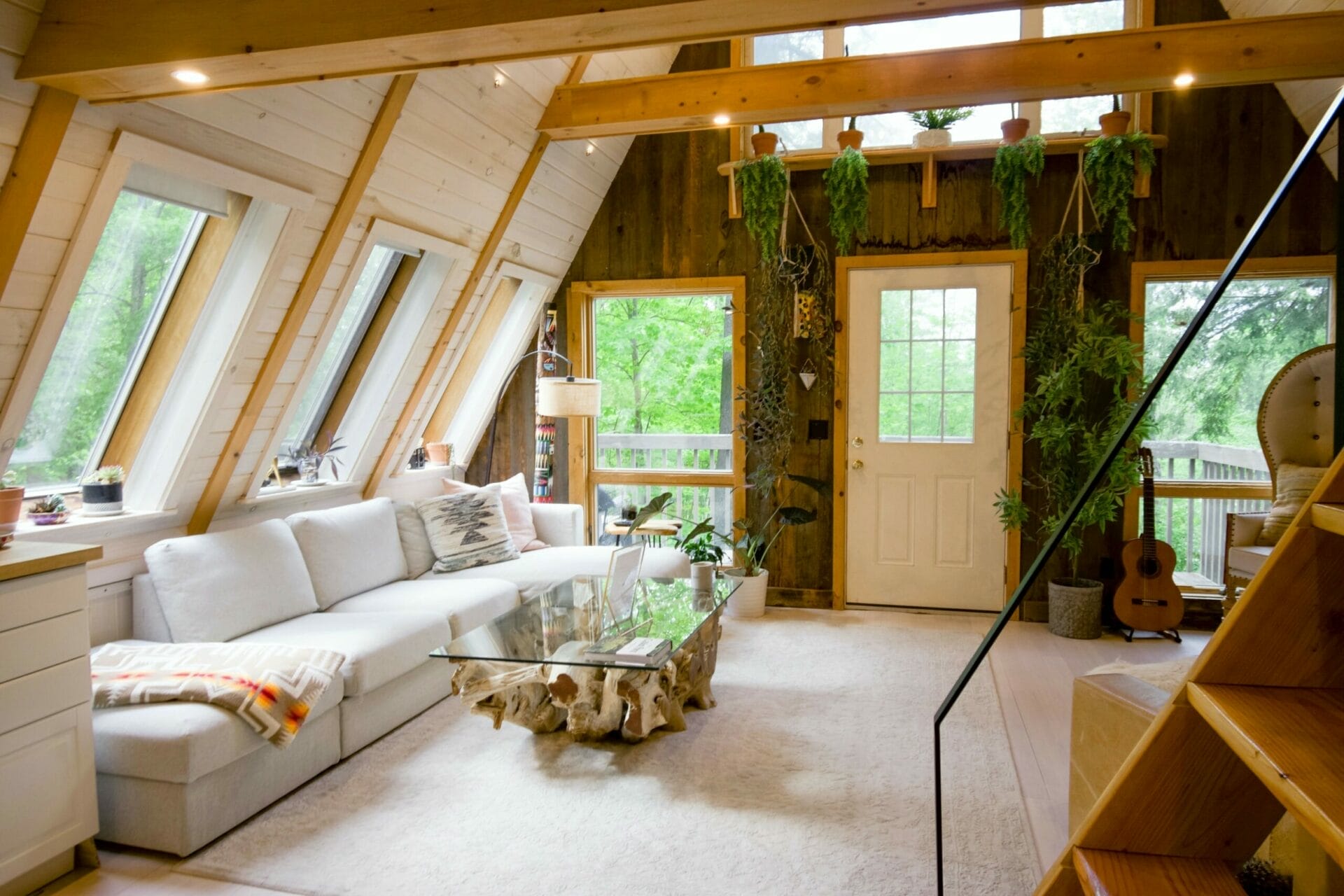
andrea davis IWfe63thJxk unsplash scaled
6. Financing Your Home Construction Project
Embarking on the journey of building your dream home on private land requires careful planning and financial preparation. From purchasing land and obtaining permits to hiring contractors and purchasing materials, the costs associated with home construction can quickly add up. In this section, we’ll explore the various financing options available to homeowners looking to build their dream home on a budget.
Assessing Your Financial Situation
Before diving into the home construction process, it’s essential to assess your financial situation and determine how much you can afford to spend on your project. Take stock of your savings, income, credit score, and existing debts to get a clear picture of your financial health. Consider meeting with a financial advisor or mortgage broker to discuss your options and develop a realistic budget for your home construction project.
Exploring Construction Loans
One of the most common financing options for home construction projects is a construction loan. Construction loans provide short-term financing to cover the costs of building your home, including land acquisition, construction expenses, and permit fees. These loans typically have variable interest rates and require interest-only payments during the construction phase, with the balance due upon completion of the home. Once the home is complete, the construction loan can be converted into a traditional mortgage or refinanced.
Considering Home Equity Loans or Lines of Credit
If you already own a home with equity built up, you may be able to tap into that equity to finance your home construction project. Home equity loans and home equity lines of credit (HELOCs) allow you to borrow against the value of your home to fund your construction expenses. These loans typically offer lower interest rates and more flexible terms than construction loans, making them an attractive option for homeowners with sufficient equity in their homes.
Exploring Alternative Financing Solutions
In addition to traditional financing options, there are also alternative financing solutions available to homeowners looking to build their dream home on a budget. Personal loans, peer-to-peer lending platforms, and crowdfunding campaigns are all viable options for raising funds for your construction project. These alternative financing solutions offer flexibility and accessibility, but may also come with higher interest rates and stricter repayment terms.
Budgeting Wisely and Managing Costs
Regardless of the financing option you choose, it’s essential to budget wisely and manage costs throughout the construction process. Create a detailed construction budget that outlines all anticipated expenses, including land acquisition, construction materials, labor costs, permit fees, and contingency funds. Keep track of expenses as you progress through the construction process and be prepared to make adjustments as needed to stay within budget.
Conclusion
Financing your home construction project requires careful planning, financial preparation, and strategic decision-making. By assessing your financial situation, exploring financing options such as construction loans and home equity financing, considering alternative financing solutions, budgeting wisely, and managing costs throughout the construction process, you can embark on the journey of building your dream home on private land with confidence. So, roll up your sleeves, crunch the numbers, and get ready to turn your dream home into a reality!
7. Implementing Cost-Effective Building Strategies
Building your dream home on a budget doesn’t mean sacrificing quality or cutting corners—it’s about finding smart, cost-effective solutions that allow you to stretch your dollars without compromising on your vision. In this section, we’ll explore some practical tips and strategies for implementing cost-effective building strategies that will help you build your dream home while staying within your budget.
Embracing Prefabrication and Modular Construction
Prefabrication and modular construction methods offer a cost-effective alternative to traditional stick-built construction. By prefabricating components off-site in a controlled environment and assembling them on-site, homeowners can save time and money on labor costs and reduce material waste. Prefabricated components such as wall panels, roof trusses, and floor systems can be custom-built to your specifications and easily integrated into your home design.
DIY Labor and Sweat Equity
Another way to save money on your home construction project is to roll up your sleeves and tackle some of the work yourself. Whether it’s painting, landscaping, or even basic carpentry, taking on certain tasks as do-it-yourself (DIY) projects can help you save on labor costs and contribute to a sense of pride and accomplishment. Just be sure to know your limits and hire professionals for more complex or specialized tasks to avoid costly mistakes.
Maximizing Energy Efficiency
Investing in energy-efficient design and features can pay off in the long run by reducing your home’s operating costs and environmental impact. Consider incorporating features such as high-performance insulation, energy-efficient windows, LED lighting, and energy-efficient appliances into your home design to minimize energy consumption and lower utility bills. Additionally, explore passive solar design principles to harness the natural energy of the sun for heating and cooling your home.
Minimizing Material Waste
Reducing material waste is not only environmentally responsible but also cost-effective. Plan your construction project carefully to minimize overordering and optimize material usage. Consider recycling or repurposing leftover materials from previous projects or salvaging materials from demolition sites. Additionally, look for sustainable building materials that are durable, long-lasting, and locally sourced to minimize environmental impact and promote sustainability.
Streamlining the Construction Process
Efficient project management and scheduling can help streamline the construction process and minimize delays and cost overruns. Develop a detailed construction timeline and schedule that outlines each phase of the project and sets realistic deadlines for completion. Communicate regularly with your contractors and subcontractors to ensure everyone is on the same page and address any issues or concerns promptly to keep the project on track and within budget.
Utilizing Cost-Effective Design Solutions
When designing your dream home, look for cost-effective design solutions that offer maximum impact for minimum cost. Consider open floor plans and multi-functional spaces that maximize usable square footage and minimize construction costs. Explore standardized building components and off-the-shelf fixtures that are readily available and affordable. Additionally, consider designing for future expansion to accommodate changing needs and preferences without the need for costly renovations down the road.
Conclusion
Building your dream home on a budget requires creativity, resourcefulness, and careful planning. By embracing cost-effective building strategies such as prefabrication and modular construction, DIY labor, maximizing energy efficiency, minimizing material waste, streamlining the construction process, and utilizing cost-effective design solutions, you can build a home that meets your needs and reflects your style without breaking the bank. So, get ready to roll up your sleeves, think outside the box, and embark on the journey of building your dream home on a budget!
Table: Cost-Effective Building Strategies
| Strategy | Description |
|---|---|
| Prefabrication and Modular Construction | Assembling components off-site to reduce labor costs and material waste. |
| DIY Labor and Sweat Equity | Tackling certain tasks yourself to save on labor costs and contribute to the project. |
| Maximizing Energy Efficiency | Investing in energy-efficient design and features to lower operating costs. |
| Minimizing Material Waste | Planning carefully to reduce overordering and repurposing leftover materials. |
| Streamlining the Construction Process | Developing a detailed construction timeline and schedule to minimize delays and cost overruns. |
| Utilizing Cost-Effective Design Solutions | Incorporating open floor plans, multi-functional spaces, and standardized components to save on construction costs. |

anastasiia chepinska 4zSQchAUm1k unsplash scaled
8. Conclusion: Bringing Your Dream Home to Life
As we come to the conclusion of our exploration into building your dream home on a budget on your own private land, it’s time to reflect on the journey we’ve taken and the possibilities that lie ahead. Throughout this article, we’ve delved into various aspects of budget home building, from finding the perfect piece of land to obtaining permits, designing your dream home, exploring sustainable construction techniques, financing options, and implementing cost-effective building strategies. Now, let’s recap some key takeaways and look forward to the exciting adventure of bringing your dream home to life.
Key Takeaways
- Owning land offers the opportunity to build a home that truly reflects your vision and values.
- Navigating the permit process is essential for ensuring compliance with local regulations and building codes.
- Designing your dream home allows you to customize every aspect of your living space to suit your lifestyle and preferences.
- Exploring sustainable construction techniques can help reduce environmental impact and lower long-term operating costs.
- Financing your home construction project requires careful planning and consideration of various financing options.
- Implementing cost-effective building strategies allows you to build your dream home on a budget without sacrificing quality or style.
Looking Ahead
As you embark on the journey of building your dream home, remember that patience, perseverance, and creativity will be your greatest allies. Take the time to research, plan, and consult with experts to ensure your project is a success. Remember that setbacks and challenges are inevitable, but with determination and a clear vision, you can overcome them and turn your dream into reality.
Table: Key Takeaways
| Key Takeaway | Description |
|---|---|
| Owning Land | Offers the opportunity to build a home that reflects your vision and values. |
| Navigating the Permit Process | Essential for ensuring compliance with local regulations and building codes. |
| Designing Your Dream Home | Allows customization of every aspect of your living space to suit your lifestyle and preferences. |
| Exploring Sustainable Construction Techniques | Reduces environmental impact and lowers long-term operating costs. |
| Financing Your Home Construction Project | Requires careful planning and consideration of various financing options. |
| Implementing Cost-Effective Building Strategies | Allows building a dream home on a budget without sacrificing quality or style. |
Conclusion
Building your dream home on a budget on your own private land is an ambitious yet rewarding endeavor. By leveraging the knowledge, resources, and strategies outlined in this article, you can embark on this journey with confidence and excitement. Remember that your dream home is within reach, and with determination and perseverance, you can bring it to life. So, take the first step, embrace the challenges, and get ready to turn your dream into reality. Your journey begins now.


